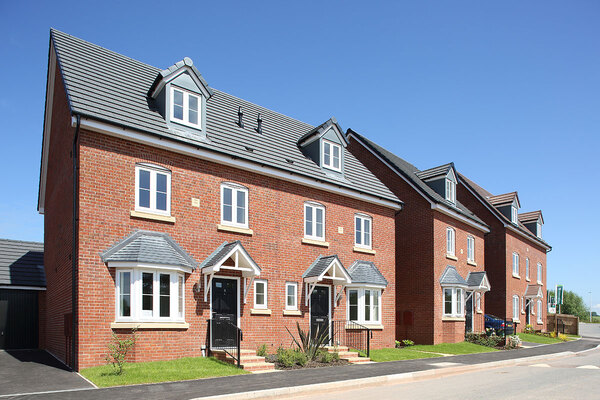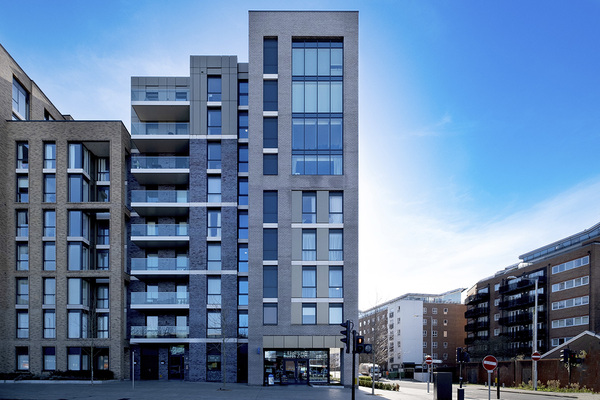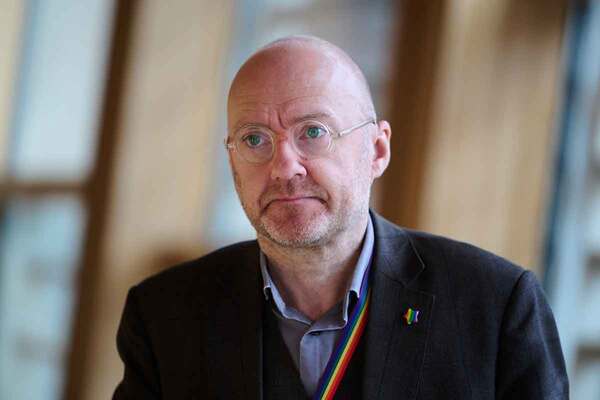You are viewing 1 of your 1 free articles
Recognise the value of resident-focused decarbonisation retrofit
By keeping residents front of mind, the social housing sector can streamline its decarbonisation strategy, writes Dan Ludgate
The housing sector accounts for almost a fifth of all the nation’s CO2 emissions, and with 17% of the UK’s housing stock owned by social landlords, decarbonisation is a challenge social housing providers must face head-on.
Social housing can play a critical role when it comes to reducing the sector’s overall carbon emissions.
Initiatives such as the Social Housing Decarbonisation Fund (SHDF) and the Green Heat Network Fund (GHNF) are already progressively and positively making an impact within social housing.
Yet there is heightened urgency to improve energy efficiency in social housing due to the acute pressures felt by residents facing fuel poverty, exacerbated by the energy cost crisis.
Decarbonising social housing represents a long and complex journey, and like many green building strategies, retrofits are the keystone of many plans.
Based on our experiences at Cenergist, retrofit programmes need eyes and ears directed at residents throughout the entire lifecycle for smoother project co-ordination and ultimate success.
A home can have a range of factors that impact retrofitting low-carbon heating and hot water solutions such as layout and technical specifications. This diversity is true with social housing.
For example, with long-term tenants, features such as radiator layout can differ from house to house. Some social housing can be heavily customised for residents with additional needs and specialist requirements such as wheelchair access, hoists and other care equipment.
If a single property is having a low-carbon solution retrofit, these variations are captured relatively easily in the design and scoping phase. However, in a social housing retrofit project where hundreds of homes are being addressed in a single phase, these can delay projects and increase costs.
“A home can have a range of factors that impact retrofitting low-carbon heating and hot water solutions such as layout and technical specifications. This diversity is true with social housing”
The key to overcoming these variations, and the approach social housing decarbonisation retrofits need to adopt, is effective, meaningful resident engagement within a turnkey project through a single delivery partner.
This means variations are captured and integrated seamlessly into the project delivery plans to benefit both the social housing providers and residents alike.
In a two-stage retrofit, it is common to see consultants brought into the early stages of a decarbonisation project for the design and scoping phase. While they might do their own resident engagement, there’s a risk of it being disjointed and not considering effectively variations between residences.
When it comes to installation, this can pose significant challenges as multiple solution providers work from a brief produced by another entity. This can make it harder to consider design iterations to accommodate variations.
Conversely, having dedicated, specialist resident liaison teams integrated as part of the design and installation for turnkey retrofits results in significantly more dynamic and responsive project co-ordination.
A dedicated resident-focused approach also helps to demystify and foster support for decarbonisation projects among social housing residents. If there is a lack of resident engagement or it is perceived as being complex and too disruptive, buy-in and support can falter.
Tactics include sending resident literature, such as leaflets and correspondence on the project, well in advance of the start of works. This level of proactivity is another benefit of turnkey retrofits.
This eases pressure on social housing providers and helps identify opposition or areas that can accelerate the programme, such as resident-to-resident dialogue, volunteers for early installation and site champions.
What’s important to remember is that low-carbon energy systems are not often front of mind for social housing residents, so getting them to talk positively about decarbonisation does not occur spontaneously. This means it has to be encouraged and monitored.
“Messaging needs to also consider that different parties have different motives for decarbonisation retrofits”
Messaging needs to also consider that different parties have different motives for decarbonisation retrofits –
for example, meeting sustainability targets, increasing safety by removing gas, addressing fuel poverty and energy security and providing a more reliable, modern heating and hot water system.
Often decarbonisation initiatives look closely at reducing electrical and gas consumption for residents and the third utility, water, is often overlooked. Playing close attention to reducing water flow rates makes a solution more efficient and saves on running costs through a reduction in hot water wastage.
Doing this as part of a turnkey retrofit is more effective for overall project progress than multiple siloed suppliers who aren’t fully considering residents’ needs.
When it comes to decarbonisation projects, a common theme is that the complexity of the design and engineering phase is overestimated owing to the diverse range of solutions available.
In tandem, the logistical and resident engagement aspect is often underestimated. This often leaves residents isolated from the process and negatively impacts overall project delivery and satisfaction.
An effective resident-focused approach helps to address this balance and ensure delivery teams respect the day-to-day operational challenges of decarbonisation projects.
By keeping residents front of mind, the social housing sector can streamline its decarbonisation strategy and onboard solutions that are effective, budget-friendly and well received by residents and clients.
Dan Ludgate, group development director, Cenergist
Sign up for our asset management newsletter
Already have an account? Click here to manage your newsletters













